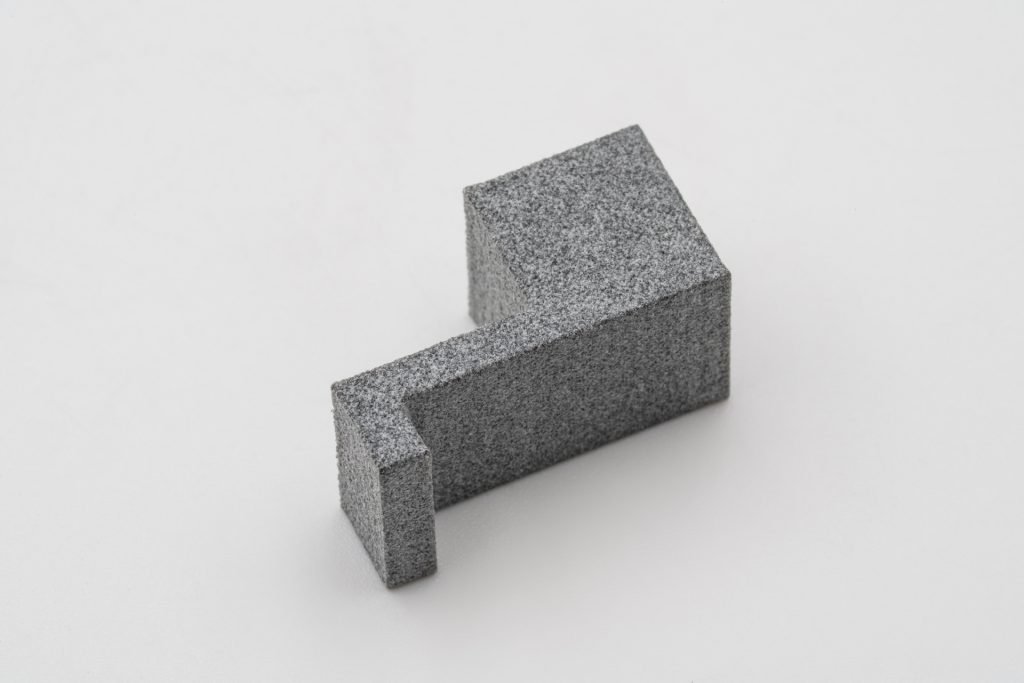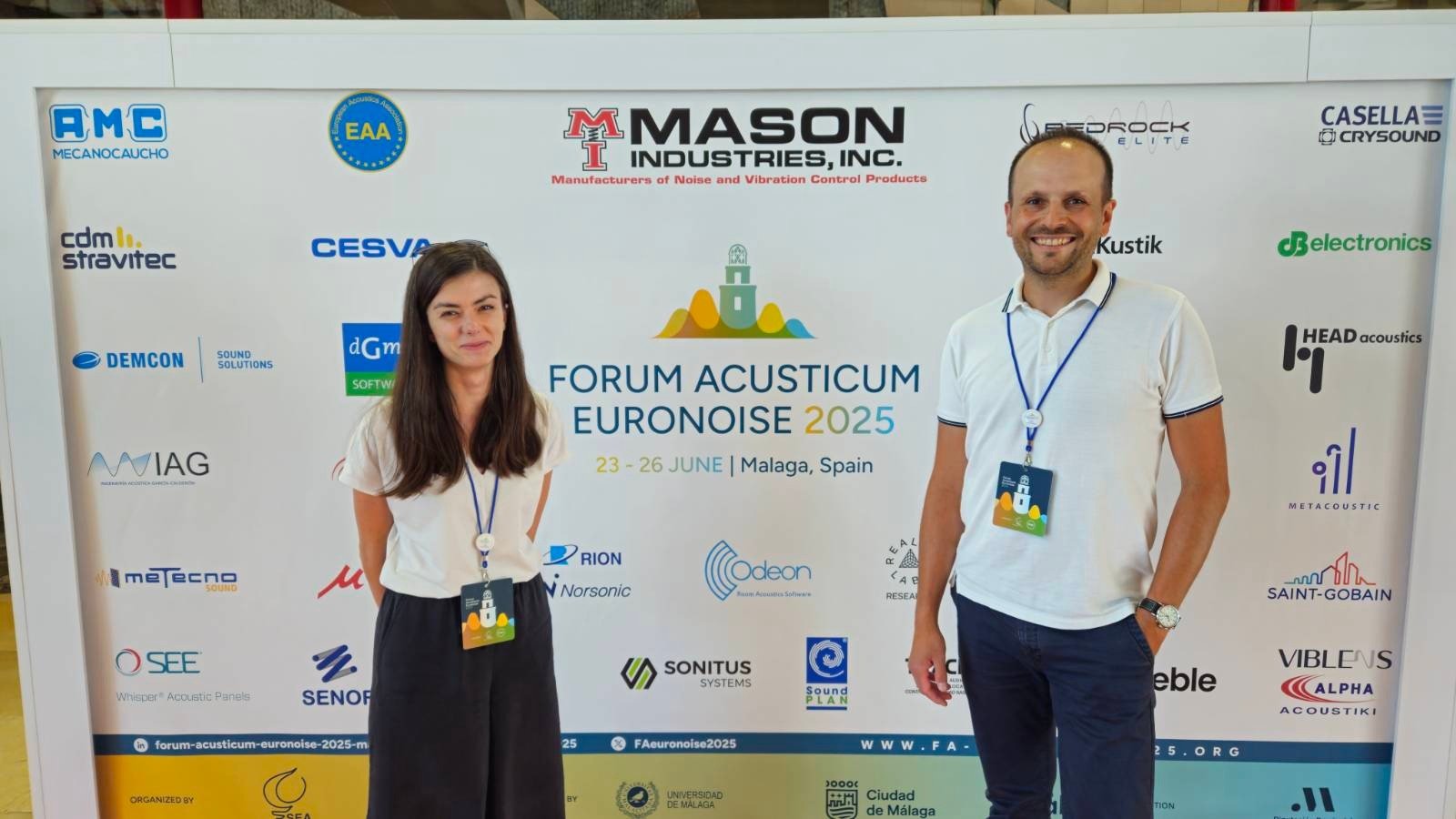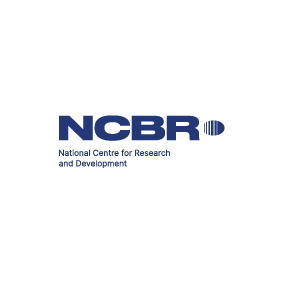
Monitoring | Diagnosing | Restoring
Acoustic comfort
Acoustic adaptations for special challenges
We have been monitoring, diagnosing and solving noise and vibration problems for years. We develop acoustic adaptations for special challenges.
Our solutions are implemented in manufacturing plants, residential buildings, during construction work and many other demanding conditions.




Choose A Product
We restore acoustic comfort to everyday life – at home, in the garden, on the road and at every workplace. Learn more about our products that make this possible:
Sound-dampening covers for heat pumps
s|HP|
Acoustic panels for permanent installation
sMix
Flexible and portable acoustic panels
sFlex
Silencers for gravity ventilation and ducts
sTwist
Noise and vibration blocking acoustic sealer
sSeal
Noise and vibration monitoring device
sLink
See our services
Silencions team of engineers is engaged in comprehensive cooperation with manufacturing industry in the field of noise and vibration reduction, as well as handling projects for measurement, testing and production of acoustic adaptations.
Resolving noise and vibration issues
Measurements, simulations and acoustic adaptations
Explore our technologies
We provide innovative technologies for businesses and households. We are also an OEM component supplier to companies that operate in the automotive industry, among others.
Noise and vibration dampening resonators
sR
Silencers for gravity ventilation and ducts
sTwist
The power of metamaterials
The metamaterials we have developed effectively dampen noise and vibration by taking away the acoustic energy of the incident wave. Among other things, we successfully use them in acoustic panels and adaptations.
These are advanced passive structures consisting of small masses mounted on beams of precisely defined lengths and spaced at precisely defined distances on the available surface.




Would you like to know more?
If you have technical questions or want to know more – let’s talk!
Our team of engineers has been monitoring, diagnosing, solving noise and vibration problems for years.
We develop acoustic adaptations for special challenges.
Recent posts
-

Silencions presents research at Forum Acusticum Euronoise 2025
At the Forum Acusticum Euronoise 2025 conference in Malaga, Klara…




